3-Day Thrilling Adventure in Johannesburg, South Africa
Johannesburg, South Africa
3 days
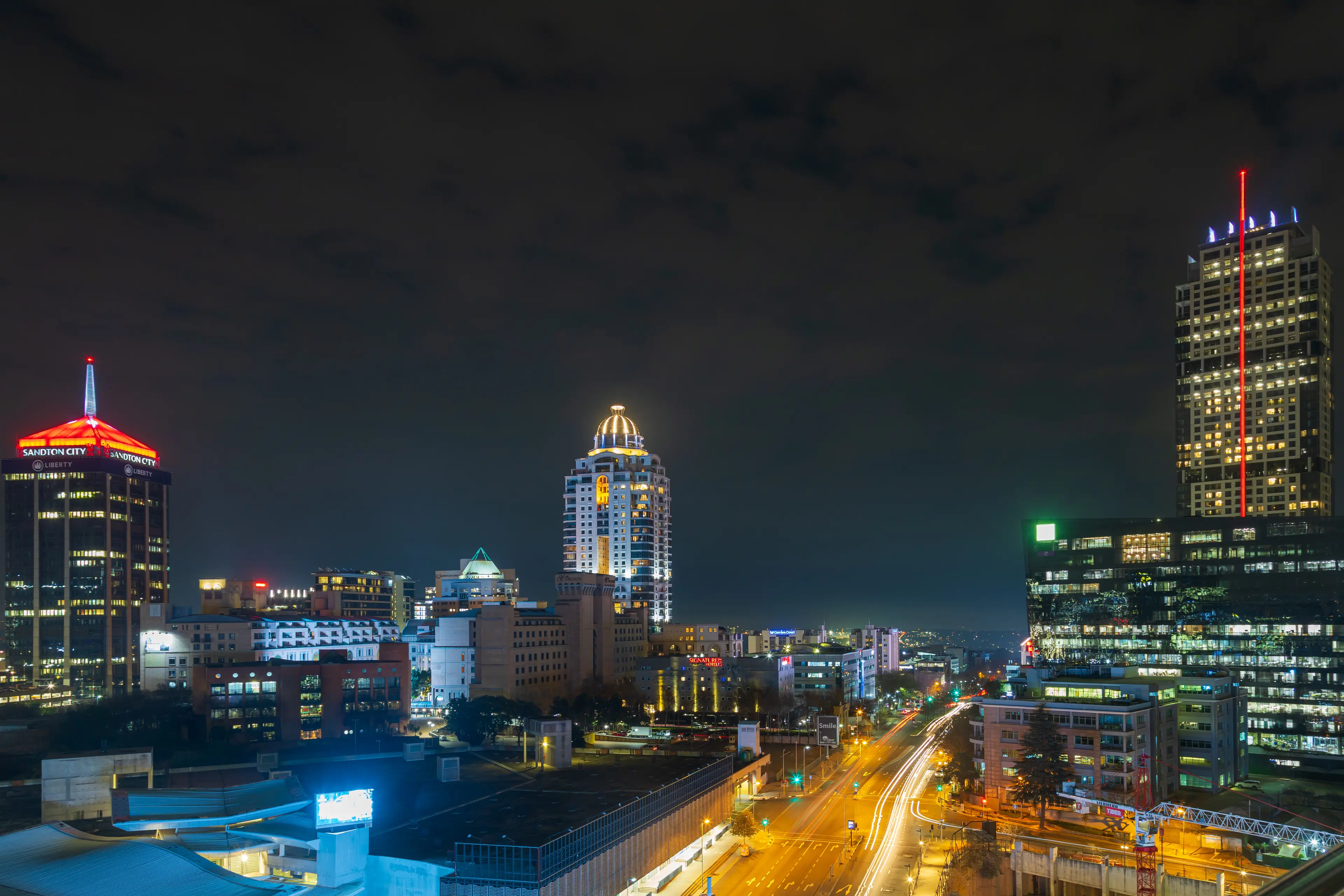
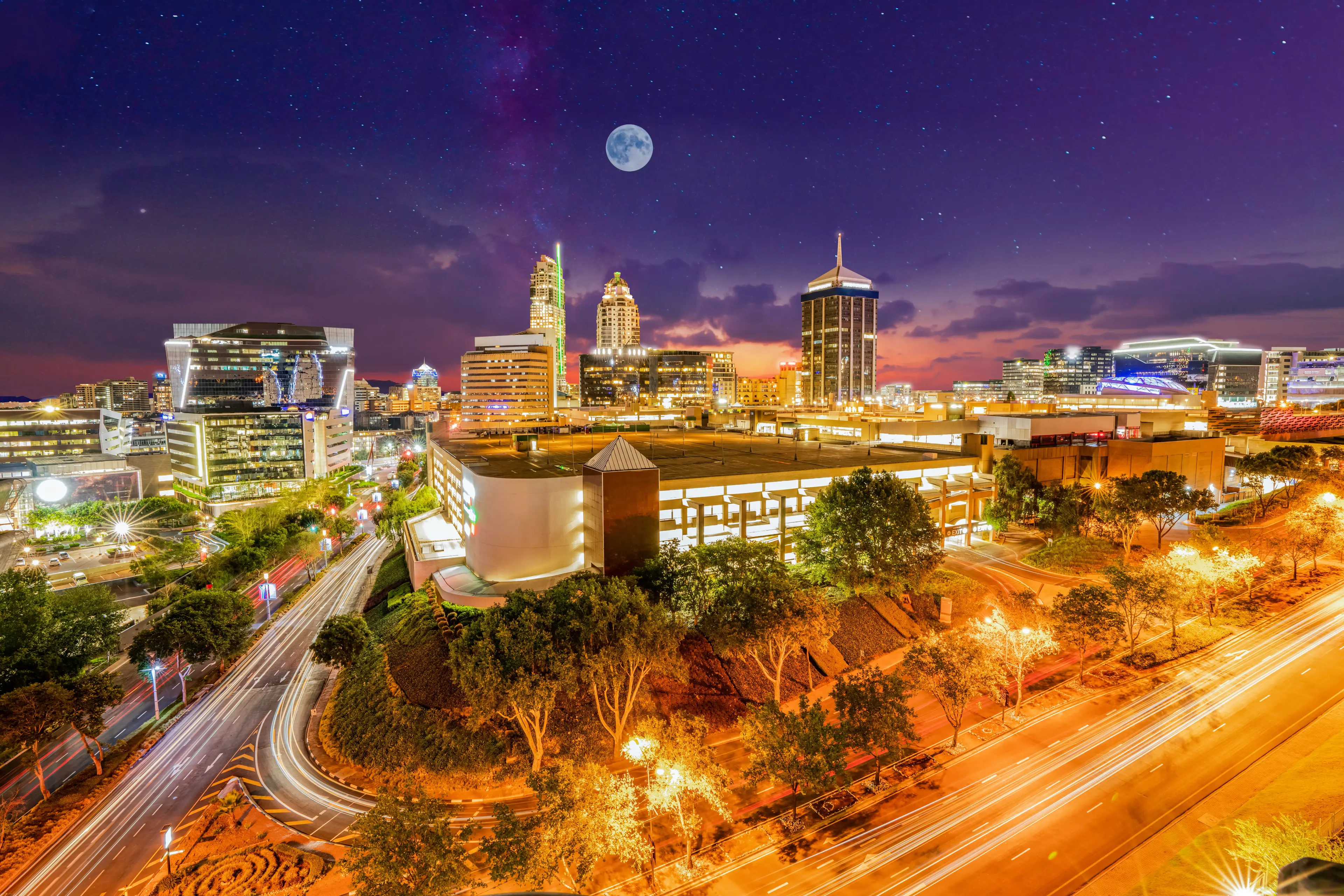
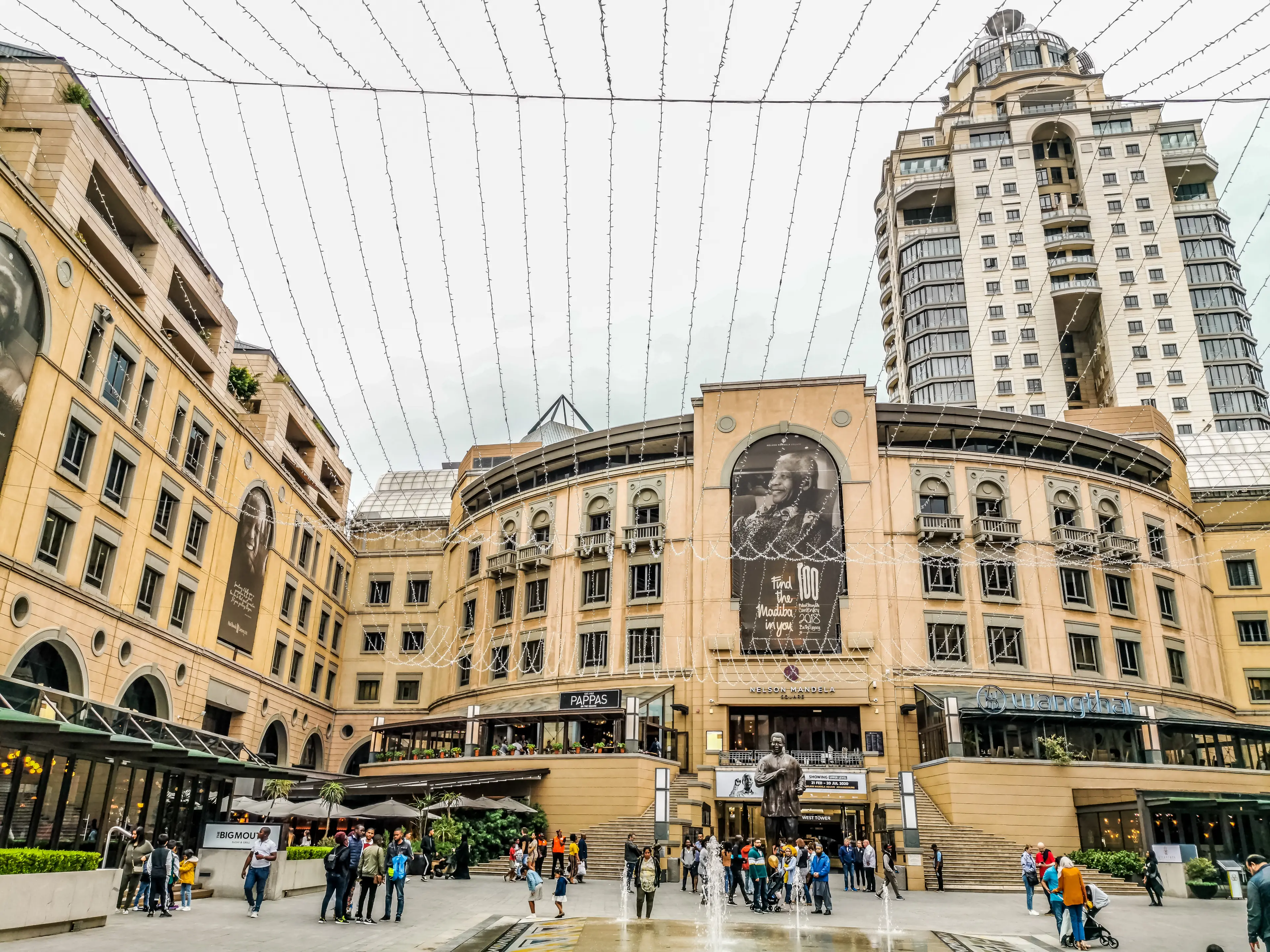
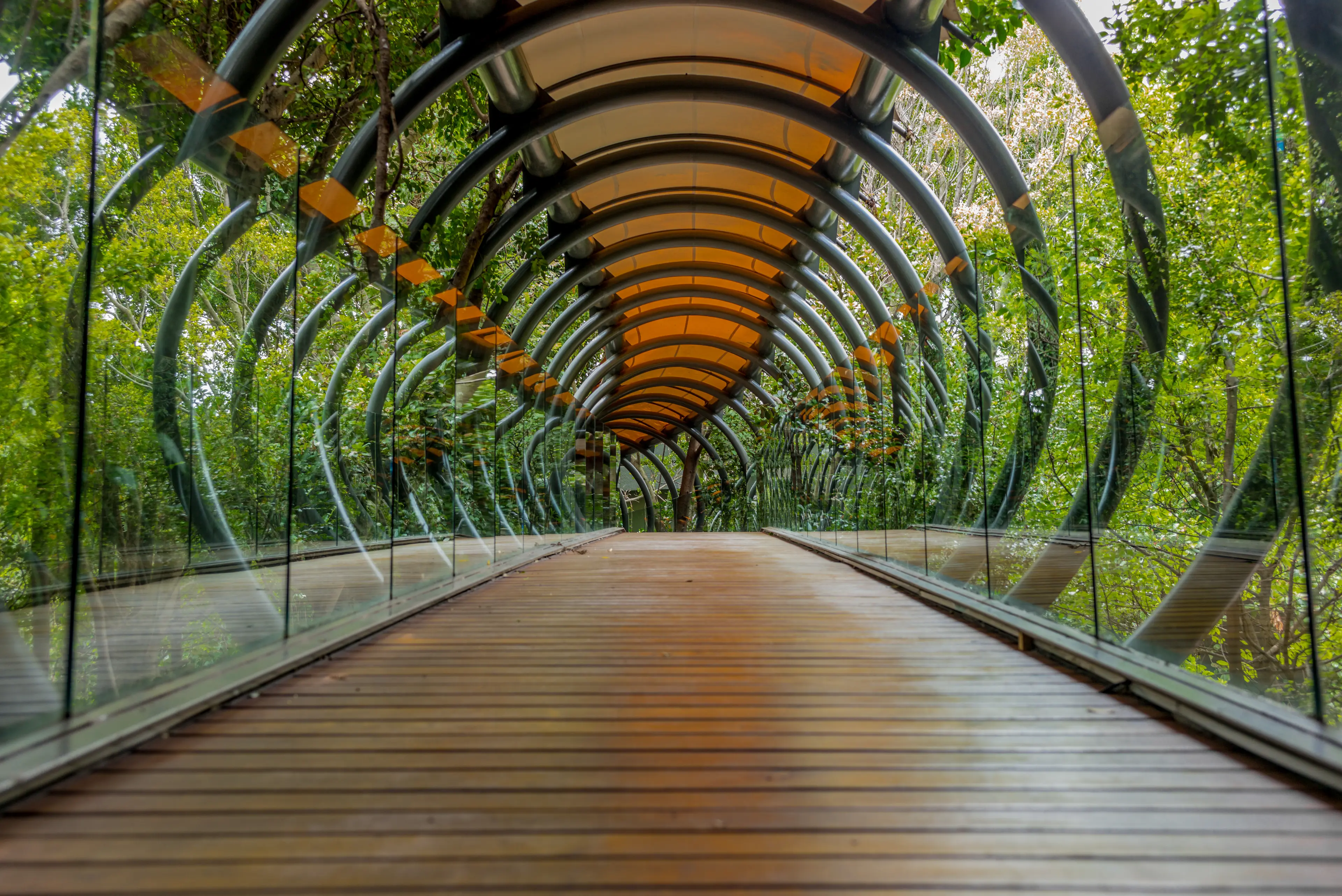

About Johannesburg, South Africa
Johannesburg, South Africa's largest city, is a vibrant hub of art, music, and history. Known as the "City of Gold," it offers a unique blend of rich cultural heritage and modern urban energy. Visitors can explore the Apartheid Museum and Constitution Hill for a historical journey, or enjoy contemporary art at the Maboneng Precinct. The city is also a gateway to safari adventures, with the Lion Park and Kruger National Park nearby. Johannesburg's culinary scene is diverse, offering everything from traditional African cuisine to modern fusion. Shopping enthusiasts will love the bustling markets and upscale boutiques. With its warm, sunny climate, Johannesburg is a year-round destination.
3-Day Itinerary
Day 2
Immersing in Nature and Learning about South Africa's Constitution
Morning
Begin your day with a visit to the Johannesburg Botanical Garden. Enjoy the serene environment and explore the different sections of the garden.
Lunch
Have lunch at a café in the park. Try a traditional South African 'braai', or barbecue, for a unique culinary experience.
Afternoon
Visit the Constitution Hill, a former prison complex that now serves as a museum and the seat of the Constitutional Court of South Africa.
Dinner
Enjoy dinner at a restaurant serving traditional South African dishes. Try 'bunny chow', a Durban street food made of a hollowed-out loaf of bread filled with curry.
Evening
Experience the vibrant nightlife of Johannesburg at a local club or bar. Enjoy the music and dance the night away.
Day 3
Discovering Gold Mining History and the Struggle Against Apartheid
Morning
Start your day with a visit to the Gold Reef City, a theme park and museum dedicated to gold mining.
Lunch
Have lunch at a restaurant in the park. Try some traditional South African dishes like 'pap and vleis', a dish made of maize porridge and meat.
Afternoon
Explore the Soweto Township, a significant site in the struggle against apartheid. Visit the Nelson Mandela House and the Hector Pieterson Museum.
Dinner
Enjoy a hearty dinner at a local restaurant. Try 'potjiekos', a slow-cooked stew made in a traditional pot.
Evening
End your trip with a traditional South African music performance at a local venue.
Attractions in Itinerary (8)

1Apartheid Museum
The Apartheid Museum is a museum complex in Johannesburg dedicated to illustrating apartheid and the 20th century history of South Africa.

2Maboneng
Maboneng is one of the most vibrant and trendy neighborhoods in Johannesburg, known for its eclectic mix of restaurants, coffee shops, clothing boutiques, art galleries, and retail and studio space. The neighborhood has been transformed from a rundown industrial area into a bustling, thriving part of the city.

3Johannesburg Botanical Garden
The Johannesburg Botanical Garden is located in the suburb of Emmarentia. The garden covers 125 hectares and includes a large rose garden, an arboretum, a herbarium, and several greenhouses.

4Constitution Hill
Constitution Hill is a living museum that tells the story of South Africa’s journey to democracy. The site is a former prison and military fort that bears testament to South Africa’s turbulent past and, today, is home to the country’s Constitutional Court.

5Gold Reef City
Gold Reef City is an amusement park in Johannesburg located on an old gold mine which closed in 1971. The park is themed around the gold rush that started in 1886.

6Soweto Township
Soweto Township is an urban area of Johannesburg that is rich in history and culture, offering a deep insight into South Africa's turbulent past.

7Nelson Mandela House
The Nelson Mandela House is the house on Vilakazi Street, Orlando West, Soweto, South Africa, where Nelson Mandela lived from 1946 to 1962. It is located at number 8115, at the corner of Vilakazi and Ngakane streets, a short distance up the road from Tutu House, the home of Archbishop Emeritus Desmond Tutu.

8Hector Pieterson Museum
The Hector Pieterson Museum is a poignant reminder of the Soweto Uprising in 1976. The museum is named after a 12-year-old boy who was one of the first killed during the uprising.
Local Food and Drinks (12)

Biltong
A popular South African snack, Biltong is a form of dried, cured meat that originated in Johannesburg. It's often compared to beef jerky but is unique in its flavors and preparation method.
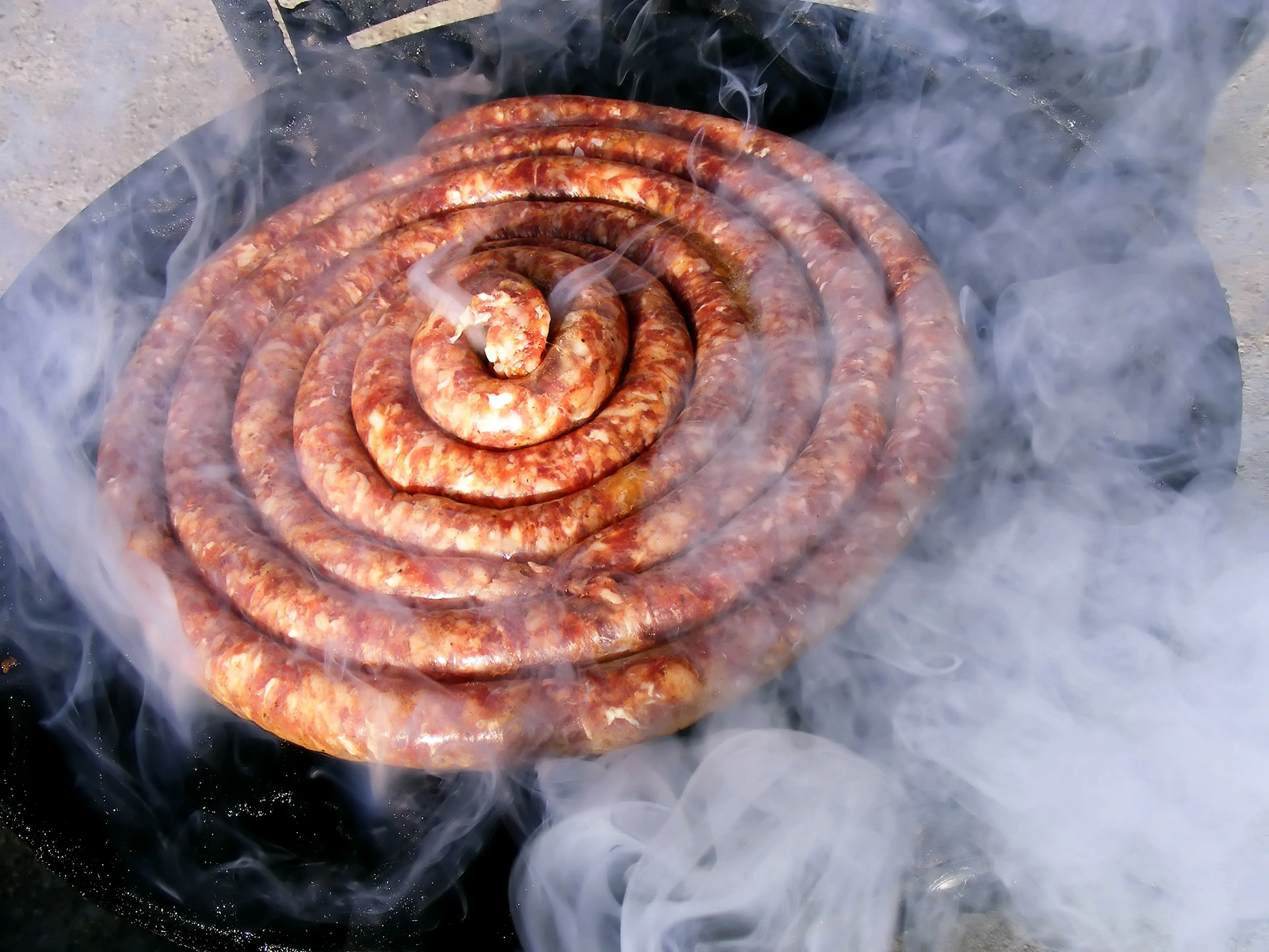
Boerewors
Boerewors is a type of sausage popular in Johannesburg. It's traditionally grilled as part of a barbecue and is a staple at social gatherings and sporting events.
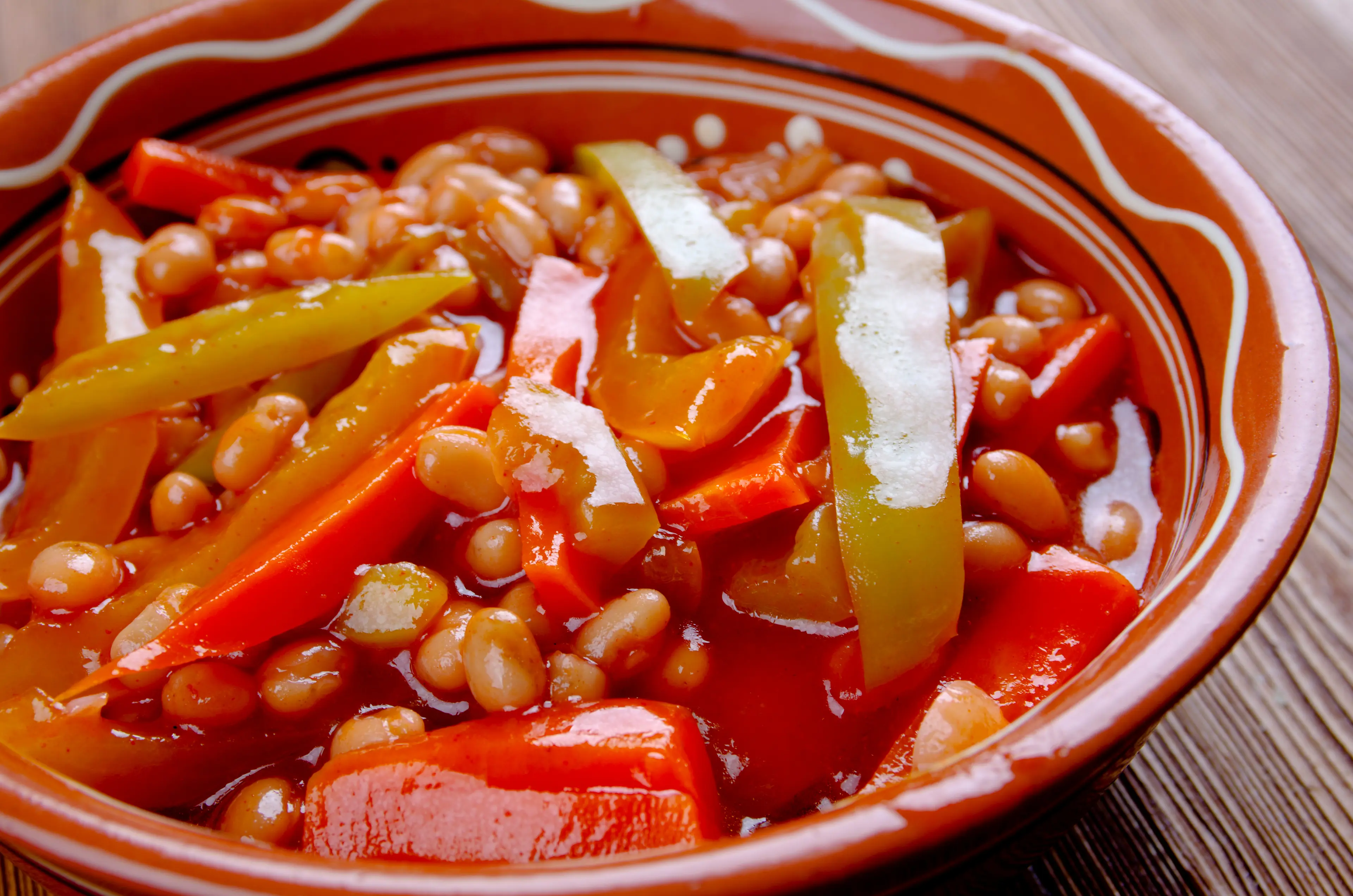
Chakalaka
Chakalaka is a spicy vegetable relish that originated in Johannesburg. It's often served with bread, pap, samp, stews, or curries.
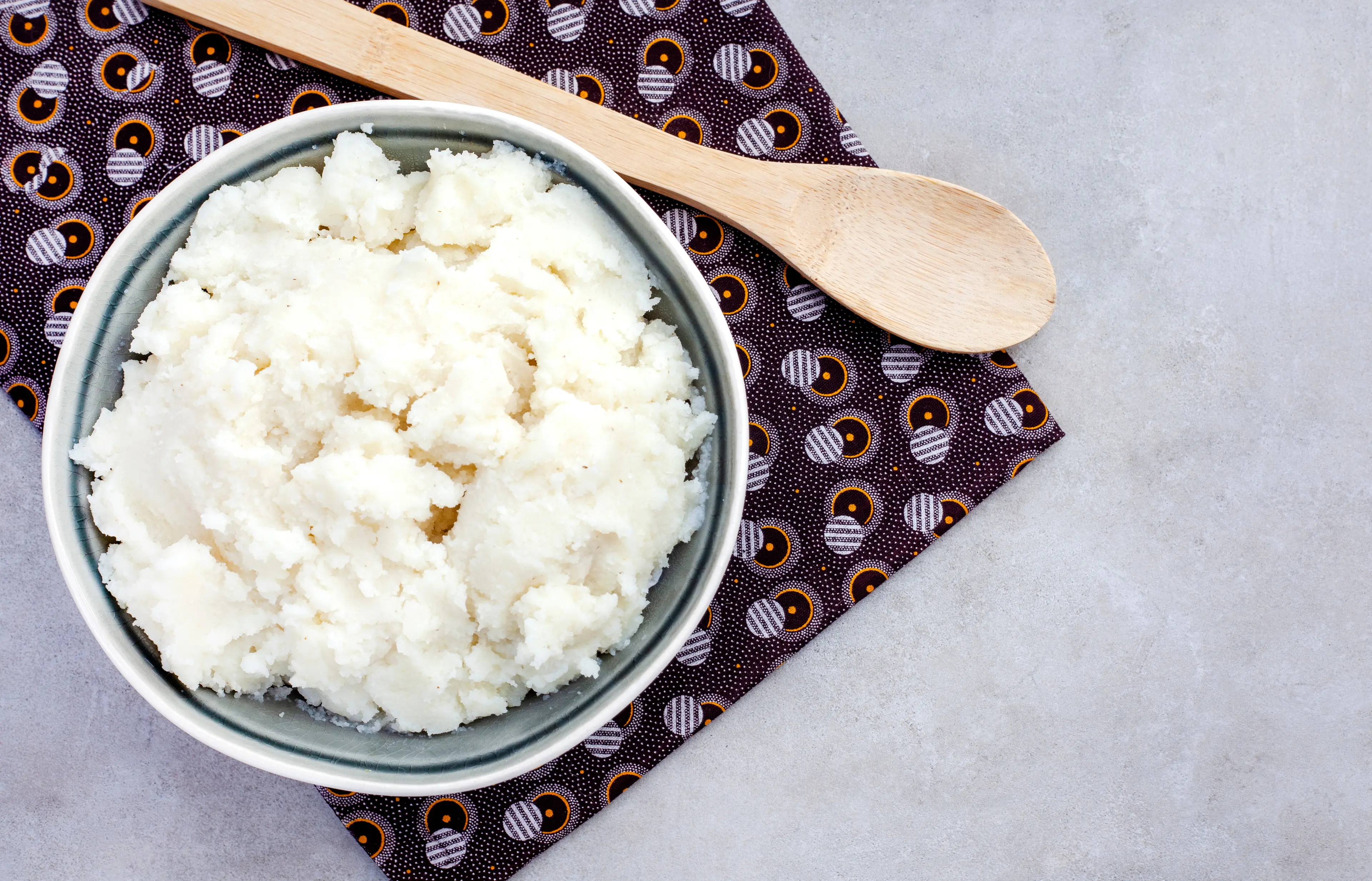
Pap
Pap is a traditional porridge made from mielie-meal (coarsely ground maize) and a staple food in Johannesburg. It's often served with a tomato and onion sauce or with meat and vegetables.
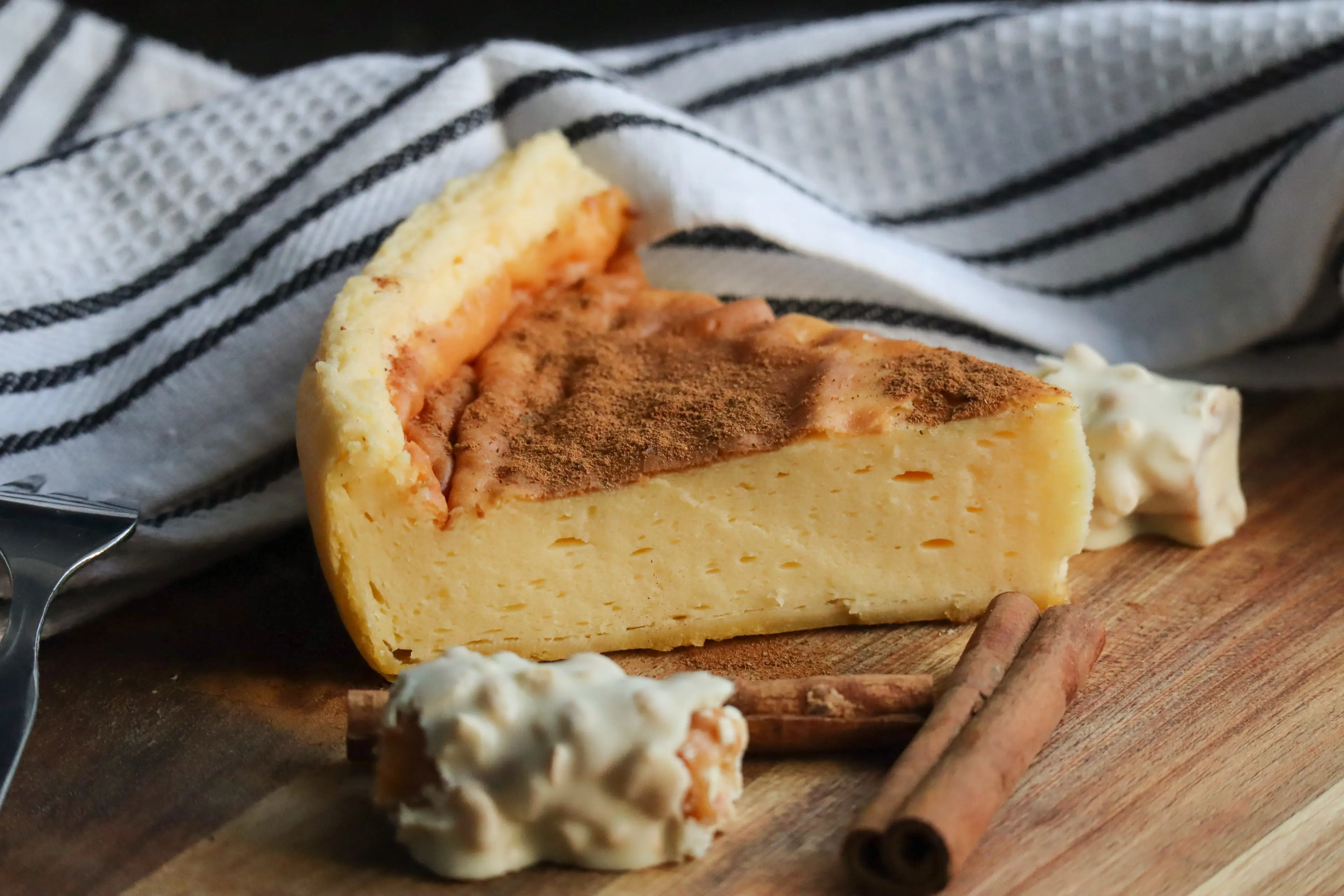
Melktert
Melktert is a classic South African dessert. It's a sweet pastry crust containing a creamy filling made from milk, flour, sugar, and eggs.
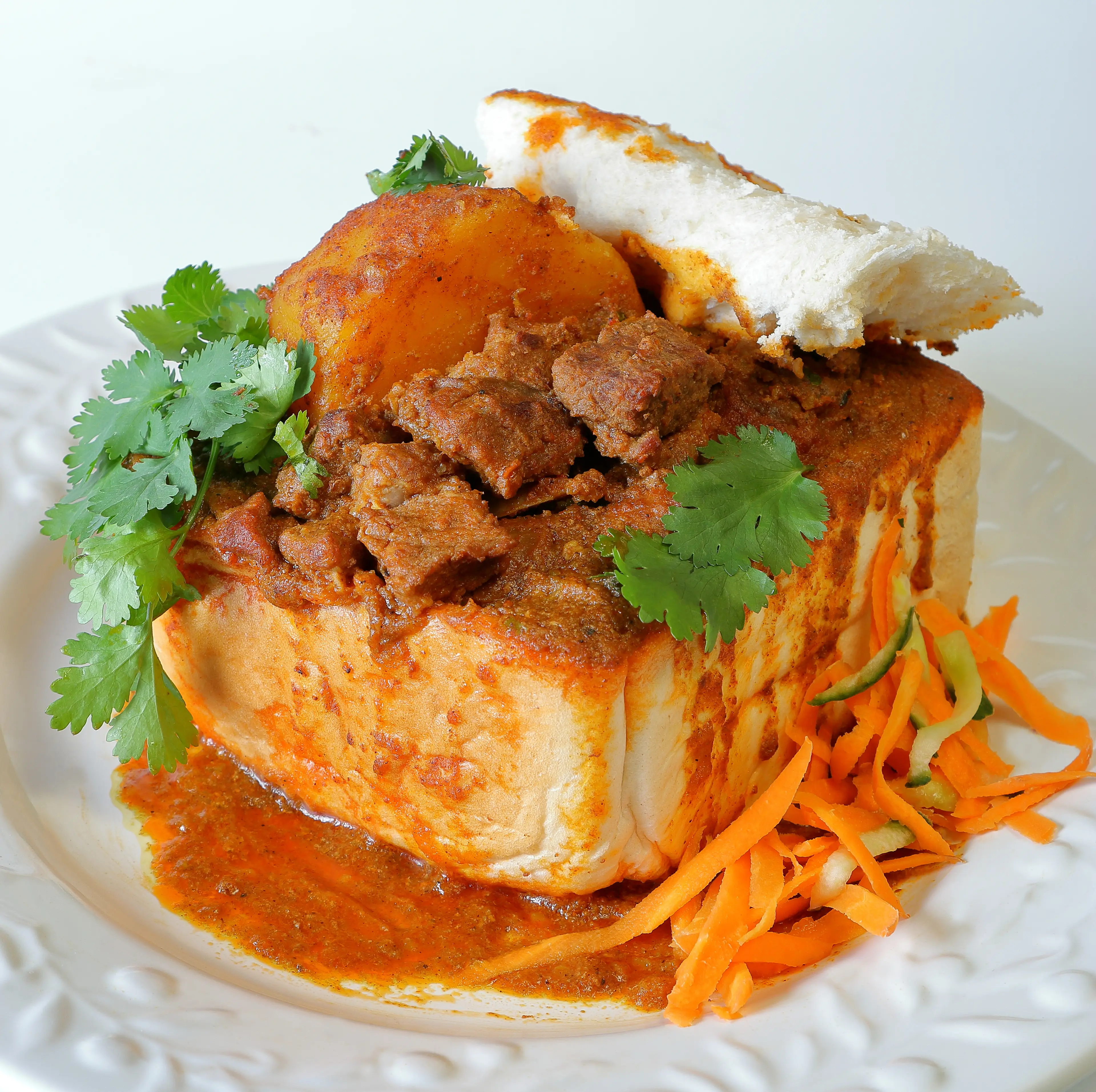
Bunny Chow
Bunny Chow is a South African fast food dish consisting of a hollowed-out loaf of bread filled with curry. It's a popular street food in Johannesburg.
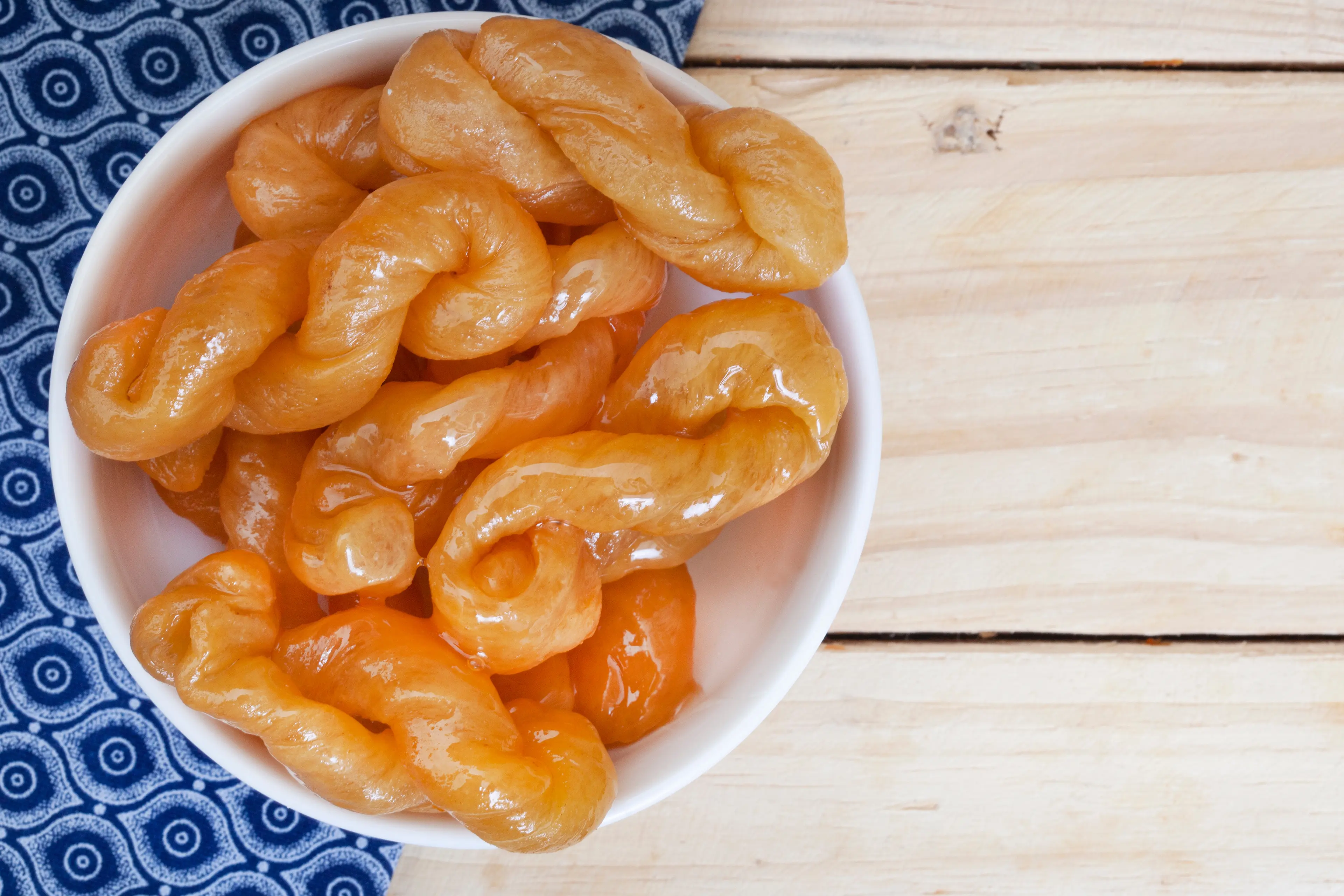
Koeksisters
Koeksisters are a traditional South African dessert. They are twisted or braided doughnuts, deep-fried and soaked in syrup, popular in Johannesburg.
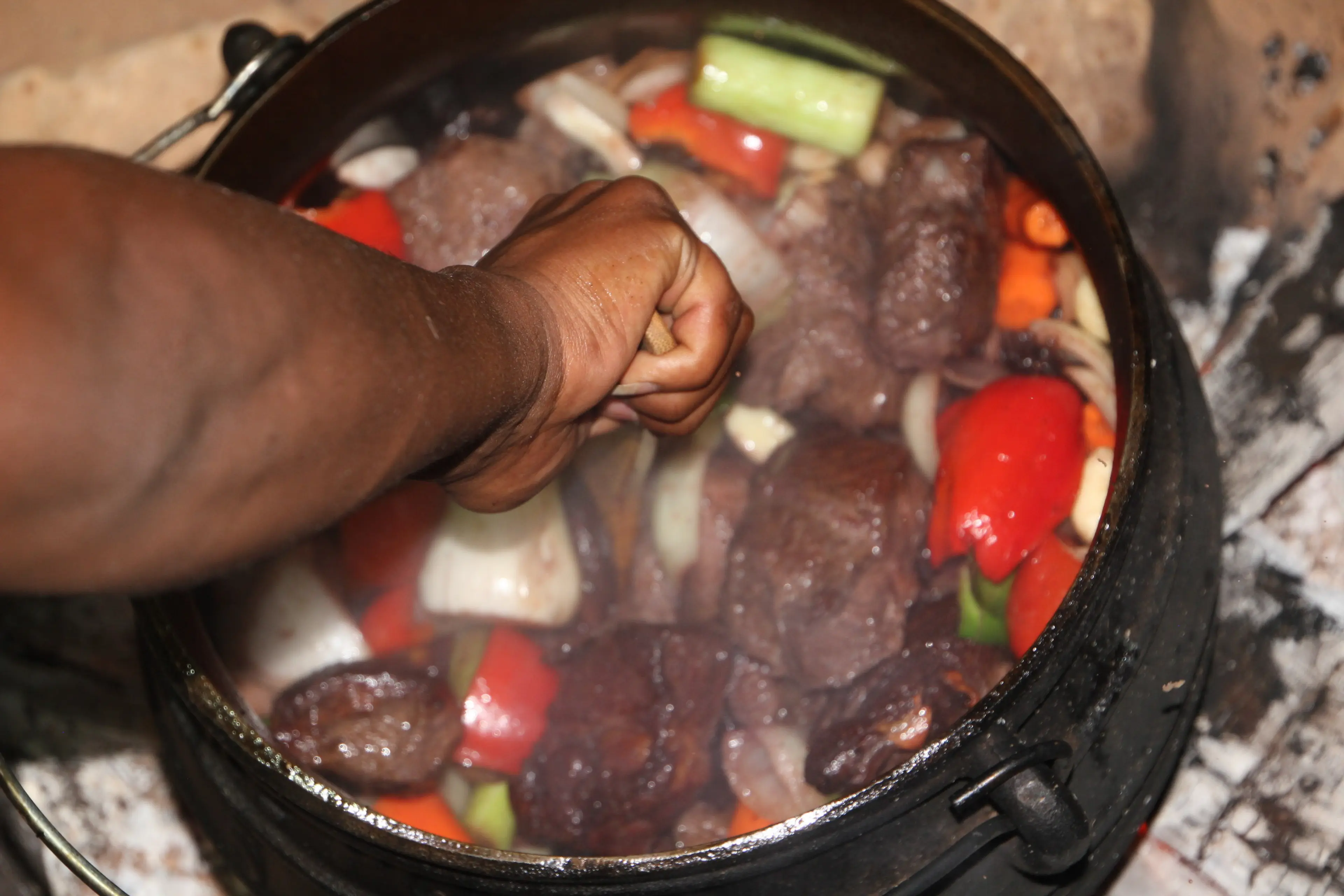
Potjiekos
Potjiekos is a traditional South African stew. It's slow-cooked in a round, cast-iron pot over an open fire, a common cooking method in Johannesburg.

Rooibos Tea
Rooibos Tea is a herbal tea that is a favorite in Johannesburg. It's caffeine-free and high in antioxidants, and can be enjoyed hot or cold.

Umqombothi
Umqombothi is a traditional African beer made from maize and sorghum. It's a popular homemade brew in Johannesburg.
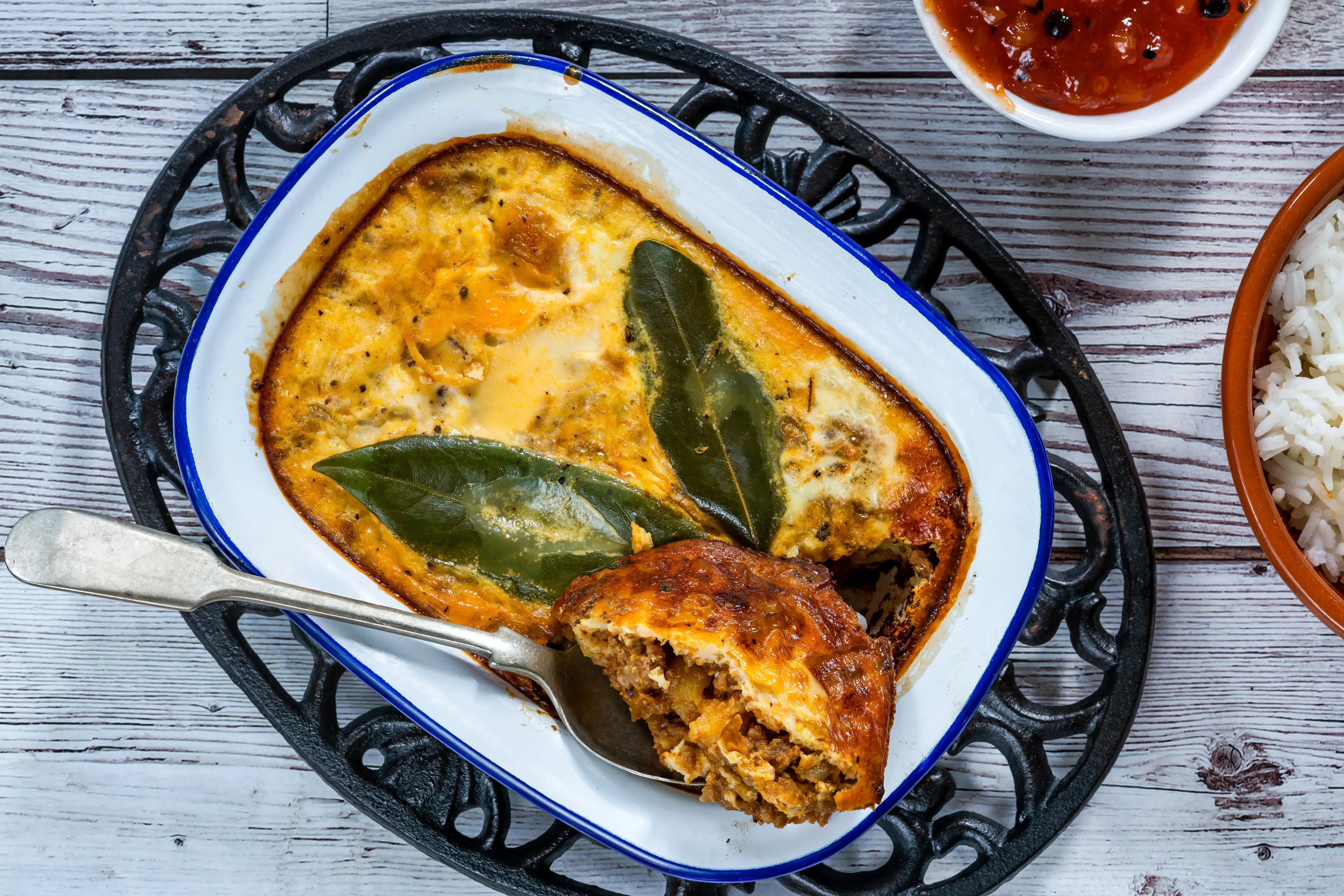
Bobotie
Bobotie is a South African dish consisting of spiced minced meat baked with an egg-based topping. It's a well-loved dish in Johannesburg.
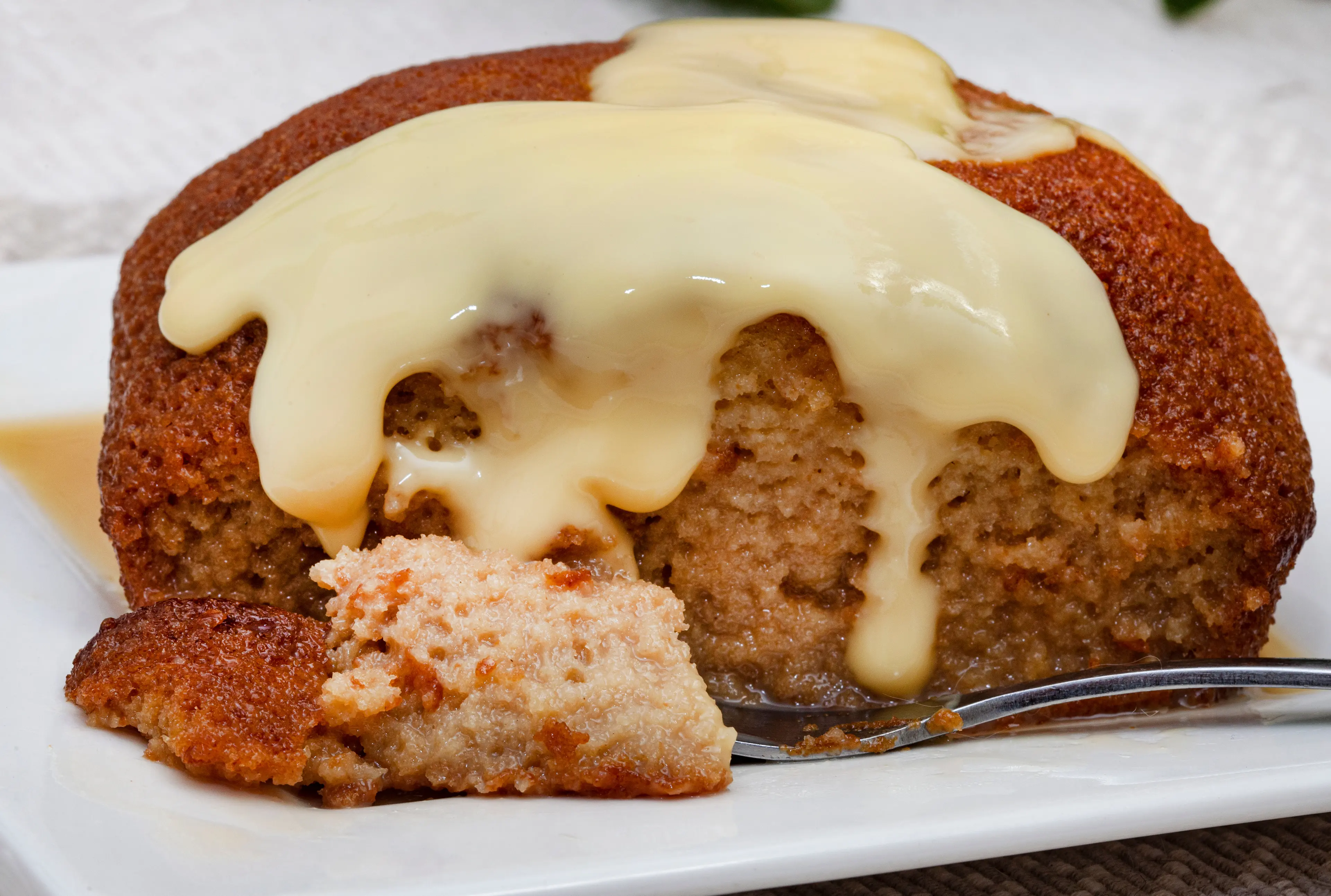
Malva Pudding
Malva Pudding is a sweet and sticky baked dessert. It's a classic Johannesburg dessert, often served with custard or ice cream.
Best time to visit
The best time to visit Johannesburg, South Africa, is during its spring and autumn months, which are from September to November and March to May respectively. During these periods, the weather is very pleasant, not too hot or too cold, making it perfect for sightseeing and other outdoor activities. Additionally, these seasons offer the chance to witness the city's beautiful jacaranda trees in full bloom or the vibrant autumn colors.
How to get around
Car Rental
Renting a car is a popular option for getting around Johannesburg. It provides the most flexibility and convenience, especially for those who plan to visit places outside of the city. There are many car rental companies available at the airport and throughout the city.
Ridesharing
Ridesharing services like Uber and Bolt are widely used in Johannesburg. They are a safe and convenient way to get around the city. You can book a ride using their respective mobile apps. These services are available 24/7.
Rea Vaya Bus Rapid Transit (BRT)
The Rea Vaya BRT is a city bus service that operates in Johannesburg. It has dedicated lanes, making it a fast and efficient way to travel around the city. The buses are modern and comfortable, and they run on a regular schedule.
Gautrain
The Gautrain is a state-of-the-art rapid rail network in Gauteng. It connects Johannesburg with Pretoria and the OR Tambo International Airport. The trains are fast, safe, and punctual. Gautrain also operates buses that connect to the train stations.
Minibus Taxis
Minibus taxis are a common form of public transport in Johannesburg. They are a cheap and quick way to get around, but they can be crowded and the routes can be confusing for newcomers. It's recommended to ask locals for help with routes and stops.
Metered Taxis
Metered taxis are available throughout Johannesburg. They can be hailed on the street or booked in advance. They are more expensive than minibus taxis, but they offer a more comfortable and private ride.
Bicycle
Johannesburg has a growing network of cycling lanes. Renting a bicycle can be a fun and healthy way to explore the city. There are several bike rental shops in the city, and some hotels also offer bike rentals to their guests.
Pedestrian
Walking is a good option for short distances and to explore the city's neighborhoods. Johannesburg has a pleasant climate for most of the year, making it a good city for walking. However, it's recommended to stay vigilant and avoid walking alone at night.
Important information
CurrencyR ZAR
Time zoneUTC+2
Driving sideLeft
Emergency phoneAmbulance: 10177; Fire: 10177; Police: 10111
Drinking waterYes
Power sockets
Voltage230 V
Things to know about Johannesburg, South Africa as a first time visitor
1
Johannesburg is located in the Southern Hemisphere, so its seasons are opposite to those in the Northern Hemisphere. Summer is from November to February, autumn is from March to May, winter is from June to August, and spring is from September to October.
2
The city is at a high altitude, about 1,753 meters above sea level, which can affect those with respiratory problems. It's recommended to take it easy for the first few days to acclimate.
3
The official currency is the South African Rand (ZAR). Credit cards are widely accepted, but it's always good to have some cash on hand for smaller vendors.
4
English is widely spoken in Johannesburg, but the city is multicultural and multilingual, with 11 official languages in South Africa.
5
Johannesburg is generally safe for tourists, but like any large city, it has areas that are best avoided. Always be aware of your surroundings, especially in crowded places.
6
Tipping is customary in South Africa. A tip of 10-15% is standard for good service in restaurants. It's also customary to tip taxi drivers, tour guides, and hotel staff.
7
Public transportation is available but can be unreliable. The Gautrain, a modern rapid rail service, is a safe and efficient way to travel between the airport, Johannesburg, and Pretoria.
8
Driving is on the left-hand side of the road in South Africa. If you plan to rent a car, an international driving permit is required.
9
Johannesburg is not a malaria risk area, but if you plan to visit national parks or rural areas, you may need to take precautions.
10
Tap water is safe to drink in Johannesburg, but bottled water is readily available if you prefer.
11
South Africa uses Type M plugs, so you may need a travel adapter for your electronic devices.
12
Johannesburg has a high UV index, so it's important to wear sunscreen, even on cloudy days.
13
The city is known for its sudden afternoon thunderstorms in the summer months. Always check the weather forecast and plan your day accordingly.
14
South Africa has a Value Added Tax (VAT) of 15% which is included in the price of goods and services. Tourists can claim a refund on this tax at the airport upon departure, provided they have the necessary documentation.
15
The emergency number in South Africa is 10111 for the police and 112 from a mobile phone for an ambulance.
16
Johannesburg is in the South Africa Standard Time zone, which is 2 hours ahead of Greenwich Mean Time (GMT+2).
17
South Africa has strict regulations on traveling with children under 18, including presenting an unabridged birth certificate at immigration.
18
The city has a vibrant nightlife. However, it's advisable to use a reliable taxi service when traveling at night, rather than walking.
19
Johannesburg has a high-quality healthcare system, but travel insurance is recommended to cover any potential medical costs.
20
South Africans are known for their hospitality and friendliness. Don't hesitate to ask for help or directions if needed.
Packing List
Clothing
Underwear (3 pairs)
Socks (3 pairs)
T-shirts (3)
Long-sleeve shirts (2)
Jeans or trousers (2 pairs)
Shorts (1 pair)
Lightweight jacket
Swimsuit
Sleepwear
Comfortable walking shoes
Sandals or flip-flops
Hat or cap for sun protection
Sunglasses
Toiletries
Toothbrush and toothpaste
Deodorant
Shampoo and conditioner
Body wash or soap
Razor and shaving cream
Sunscreen
Lip balm with SPF
Hand sanitizer
Travel-size first aid kit
Prescription medications
Insect repellent
Travel documents and essentials
Passport
Driver's license or ID card
Credit and debit cards
Cash in local currency
Travel insurance documents
Hotel and car rental reservations
Emergency contacts and addresses
Guidebook or map
Electronics and gadgets
Smartphone
Charger for smartphone
Universal power adapter
Camera
Charger for camera
Headphones or earbuds
Portable power bank
Miscellaneous items
Travel pillow
Earplugs and eye mask
Snacks
Water bottle
Books or e-books for leisure reading
Travel-size laundry detergent
Ziplock bags for organization
Tissues or wet wipes
Pen and small notebook
Weather Conditions
Johannesburg, South Africa, is known for its temperate climate, making it a great destination for tourists year-round. However, it's important to note that the seasons in Johannesburg are opposite to those in the Northern Hemisphere. The city experiences its summer from October to April, with temperatures ranging from 60°F to 85°F (15°C to 30°C). During these months, you can expect afternoon thunderstorms, which are quite common. Therefore, it's advisable to carry an umbrella or raincoat when you're out exploring. Despite the rain, the summer months are great for outdoor activities like visiting the Johannesburg Botanical Garden or the Lion Park. Winter, from May to September, is dry and sunny. Temperatures during this period can range from 35°F to 70°F (2°C to 21°C). The nights can get quite chilly, so it's recommended to pack some warm clothing. This is the best time to visit if you want to avoid the rain and enjoy outdoor activities like hiking or visiting the Apartheid Museum. Regardless of the season, Johannesburg is known for its high UV index. Therefore, it's essential to wear sunscreen, sunglasses, and hats to protect your skin from the sun's harmful rays. Remember, Johannesburg is located at a high altitude, so it might take a few days to acclimate to the altitude, especially if you're planning on doing any strenuous activities. Stay hydrated and take it easy for the first few days of your visit. In conclusion, Johannesburg's weather is generally pleasant, but it's always a good idea to check the forecast before your trip to pack accordingly.
| Month | Hi / Lo (°C) | Weather Overview |
|---|---|---|
January | 30° / 15° | January is one of the hottest months in Johannesburg, with occasional thunderstorms in the afternoon. |
February | 29° / 15° | February is also hot, with frequent afternoon thunderstorms, making it a great time for indoor activities. |
March | 28° / 14° | March sees a decrease in rainfall and temperature, making it a good time for outdoor activities. |
April | 24° / 10° | April is the start of autumn in Johannesburg, with cooler temperatures and less rainfall. |
May | 22° / 7° | May is a dry and cool month, perfect for exploring the city and its surroundings. |
June | 20° / 4° | June is the coldest month in Johannesburg, with clear skies and low temperatures. |
July | 20° / 4° | July is also cold but dry, making it a good time for wildlife viewing. |
August | 22° / 6° | August marks the end of winter in Johannesburg, with temperatures starting to rise. |
September | 26° / 9° | September is the start of spring, with beautiful blooming flowers and increasing temperatures. |
October | 27° / 11° | October is a warm month with occasional rainfall, perfect for enjoying the city's parks and gardens. |
November | 28° / 13° | November is a hot month with frequent thunderstorms, making it a great time for indoor activities. |
December | 29° / 14° | December is a hot and wet month, with frequent afternoon thunderstorms. |
Did you know?
Places near by Johannesburg, South Africa

Pretoria
The administrative capital of South Africa, known for its jacaranda-lined avenues, fascinating architecture, and history.

Magaliesburg
A small town situated below the Witwatersrand mountain range, famous for its scenic beauty and the Cradle of Humankind World Heritage Site.

Vaal River
One of South Africa's largest rivers, popular for water sports and fishing.

Sun City
A luxury resort and casino, situated in the North West Province of South Africa.

Pilanesberg National Park
A wildlife park that houses the Big Five and is set in the crater of an ancient volcano.

Golden Gate Highlands National Park
A beautiful park known for its golden, ochre, and orange-hued cliffs. It's also home to a variety of wildlife.

Durban
A coastal city known for its African, Indian and colonial influences, beautiful beaches, and the Moses Mabhida Stadium.

Cape Town
Known for its harbour, the natural setting in the Cape Floristic Region, and landmarks such as Table Mountain and Cape Point.